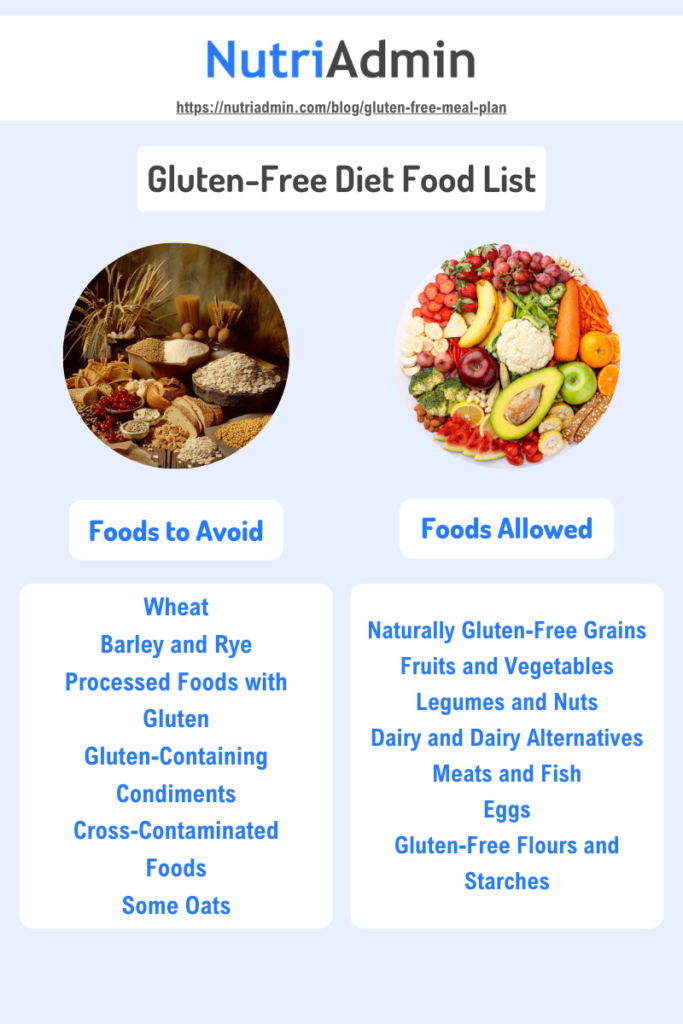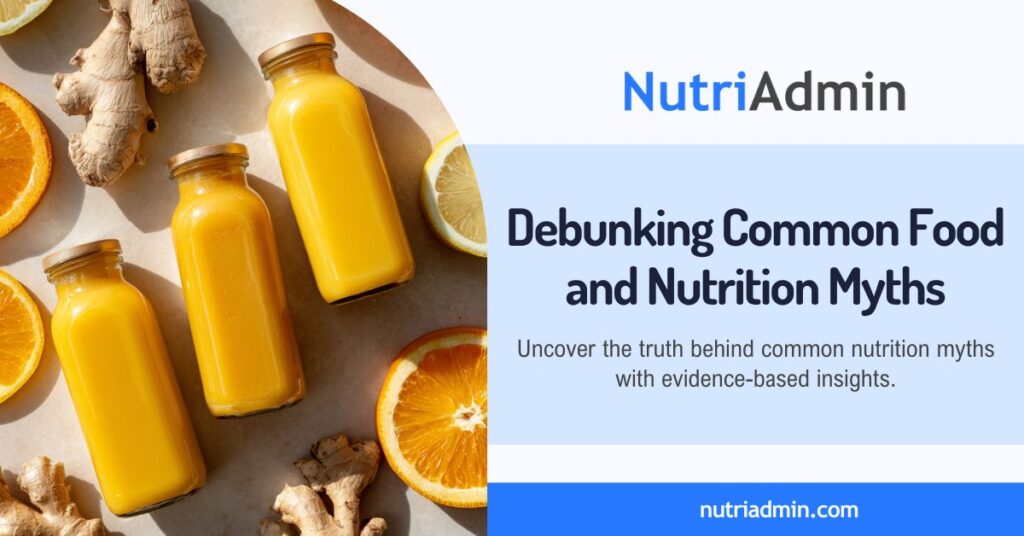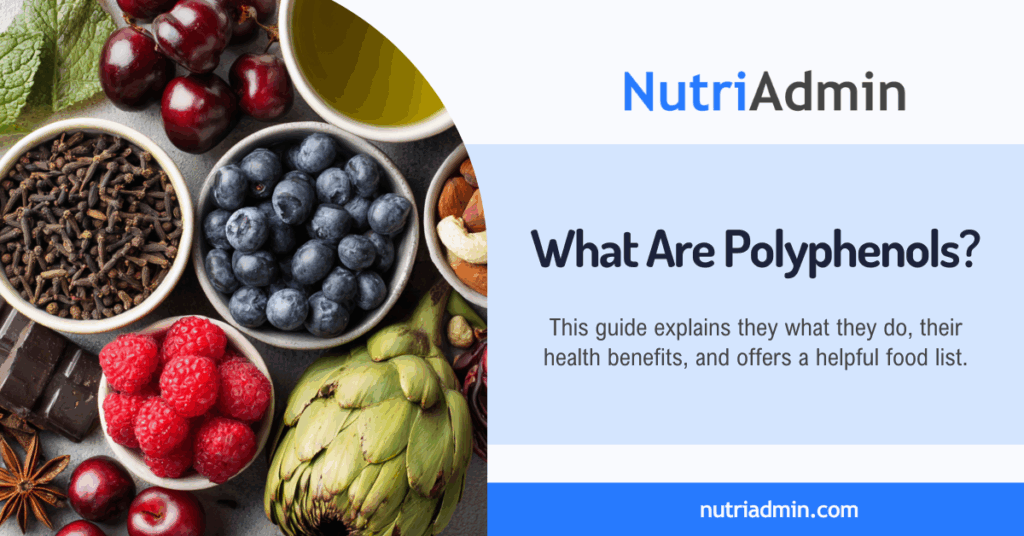Gluten-free diet meal plans have become so popular. In fact, by 2032, the market for gluten-free diets is projected to hit 14 billion U.S. dollars, more than double the 2022 market value. The main reason for this surge is the increased prevalence of Celiac disease, and gluten-free foods are involved in the management of Celiac disease.
So, what are the benefits of this diet?
Moreover, are the claims made online true about the gluten-free diet?
- What is Celiac Disease?
- What is gluten?
- Digestion of Food
- The Pathophysiology of Celiac Disease
- Types of Celiac Disease
- Signs You Are Intolerant to Gluten
- Is there a test for Celiac disease?
- How to Start a Gluten-Free Diet
- Creating Gluten-Free Diet Meal Plans
- Is Eating Gluten-Free Healthy?
- Is there Medication for Celiac Disease?
- Conclusion
What is Celiac Disease?
Celiac disease (Celiac Sprue, gluten-sensitive enteropathy) is a chronic illness that affects the digestive tract. The hallmark of this disease is the inability to tolerate gluten. That is, people with celiac disease have an immune response against gluten. Whenever they consume foods that contain this substance, they experience inflammatory symptoms that lead to damage to the mucosa lining their intestines, leading to difficulty with digestion and nutrient malabsorption.
What is gluten?
Gluten is a naturally occurring structural protein found in some grains, such as wheat, rye, barley, durum, semolina, and farro. Contrary to popular belief, it is an important element in the diet, and its deficiency can increase the risk of heart disease in people who are not allergic to it.
Gluten can also be extracted and added to other food products or used as a binding agent to hold processed foods together.
Digestion of Food
Digestion refers to the breakdown of foods into smaller substances for easy absorption into the blood through enzymes and mechanical means. It begins with the mechanical digestion of food in the mouth by grinding or chewing.
Food then moves into the stomach, where further mechanical and chemical digestion takes place. Mechanical digestion is by grinding via the peristaltic contractions of the smooth muscle. This grinding further reduces the size of the food particles so they can pass into the small intestine. Enzymes also break down protein in the stomach.
After this, food passes from the stomach into the small intestine, where absorption occurs. By the time the food is in the small intestine, fats have been broken down into fatty acids and glycerol, large proteins into amino acids, and carbohydrates into monosaccharides, and these substances can be easily absorbed into the bloodstream.
Moreover, absorption is possible via the villi in the small intestines. Several nutrients are absorbed through the mucosa cells in the intestine (enterocytes).
The Pathophysiology of Celiac Disease
There are genetic, environmental, and immunologic contributions to the development of celiac disease.
Genetic
Celiac disease runs in families. In fact, there is a 1 in 10 chance of celiac disease for every first-degree relative of an individual with celiac disease. Scientists have identified some genes in humans that may predispose people to celiac disease.
Environmental
Gluten is the major environmental factor in the development of celiac disease. Gluten contains two main protein parts: gliadin and glutenin, both of which are implicated in the activation of celiac disease. Gliadin is present in dietary cereals such as wheat, barley, and rye.
Immunological
When gliadin from wheat, barley, and rye interacts with the mucosa of the intestine, a series of reactions take place, leading to the production of interleukin 15 in the intestinal cells.
Again, gliadin also causes the production of some antibodies, which are common in individuals with celiac disease. CD8+ T cell lymphocytes are also part of the immune system’s response in the intestine.
Types of Celiac Disease
Using the Oslo criteria, celiac disease can be clinically classified as follows: classical (patients that present with malabsorption), nonclassical (no signs or symptoms of malabsorption on presentation), or subclinical (below the threshold of clinical detection)
Based on location and histological appearance, it can also be divided into intestinal, extraintestinal, or combined (Intestinal and Extraintestinal)
What are Gluten Allergies?
Now, gluten is found in grains like wheat, rye, and barley. Celiac disease is a condition that occurs when individuals are intolerant of gluten present in these grains.
Furthermore, the term ‘gluten allergy’ is not a correct term. Scientifically, there is nothing like a gluten allergy. Conditions that have been recognized are celiac diseases, non-celiac gluten sensitivity (gluten intolerance), and wheat allergy.
In celiac disease, the antibodies specific to the disease are present alongside intestinal damage. In non-celiac gluten sensitivity (intolerance), the individual still reacts to gluten, but the antibodies are not present, and there is no intestinal damage.
Finally, ‘wheat allergy’ refers to an allergic reaction to food items that contain wheat. The wheat ingested or inhaled may trigger the immune system to cause rashes, breathing difficulties, or even anaphylactic reactions. A wheat allergy is different from celiac disease in that the immune response does not lead to the destruction of the intestines.
Signs You Are Intolerant to Gluten
Some of the symptoms of gluten intolerance typically manifest after consuming any food substance that contains gluten. They include:
- Bloatedness
- Headache
- Fatigue
- Abdominal pain
- Nausea and vomiting
- Diarrhea or constipation
- Skin reactions
- Depressed mood and anxiety
- Weight loss
- Joint and muscular pain
- Headaches
Is there a test for Celiac disease?
Yes, physicians can make a diagnosis of celiac disease with some tests.
Celiac disease is confirmed by biopsy of a specimen taken from the duodenum (a part of the small intestine).
Other tests include:
- Antibody testing
- Bone Marrow Density
- Iron Deficiency Anemia Test
- Skin biopsy
- DEXA Scan
How to Start a Gluten-Free Diet
Starting a gluten-free diet is not something anyone should just commence impulsively. This is because cutting off all gluten foods without appropriate replacements can lead to a deficiency of important nutrients, especially whole grains and fiber.
So, the first step to starting a gluten-free diet is consulting with a physician, nutritionist, or registered dietitian.
Allowed Foods in Diet
Here are some of the foods that are allowed in the gluten-free diet:
- Naturally Gluten-Free Grains: Rice, corn, quinoa, oats (certified gluten-free), millet, sorghum, and other gluten-free grains.
- Fruits and Vegetables: All fresh fruits and vegetables are naturally gluten-free.
- Legumes and Nuts: Beans, lentils, chickpeas, peanuts, almonds, walnuts, and other legumes and nuts are gluten-free.
- Dairy and Dairy Alternatives: Milk, yogurt, cheese (without added ingredients), and dairy alternatives like almond milk or coconut milk.
- Meats and Fish: Unprocessed meats and fish without added coatings or marinades are gluten-free.
- Eggs: Eggs are naturally gluten-free.
- Gluten-Free Flours and Starches: Use flour and starches like rice flour, cornstarch, potato starch, tapioca starch, and almond flour for cooking and baking.

Foods to Avoid in Diet
People with gluten sensitivity or Celiac disease should avoid the following foods:
- Wheat: All forms of wheat, including bread, pasta, couscous, and wheat-based flour.
- Barley and Rye: Foods containing barley or rye, such as certain cereals, beer, and some types of bread.
- Processed Foods with Gluten: Many processed and packaged foods may contain hidden sources of gluten, so it’s crucial to read labels carefully. This includes sauces, dressings, soups, and some snacks.
- Gluten-Containing Condiments: Some condiments, such as soy sauce, teriyaki sauce, and certain salad dressings, contain gluten.
- Cross-Contaminated Foods: Be cautious of cross-contamination, where gluten-free foods come into contact with gluten-containing foods during preparation or cooking.
- Some Oats: While oats themselves are gluten-free, their processing often takes place in facilities that also handle gluten-containing grains, leading to potential cross-contamination. Certified gluten-free oats are good for those with celiac disease.
Creating Gluten-Free Diet Meal Plans
To create gluten-free diet meal plans, nutritionists, dietitians, and coaches can use the manual approach or automated processes. Automated processes involve using applications like meal plan generators to generate gluten-free diet meal plans easily. Indeed, one such generator is NutriAdmin, a software for nutritionists, dietitians, and coaches to create simple, professional, gluten-free diet meal plans.
It is also a nutrition analysis software that can show the accurate levels of macros and micros for all foods, recipes, and diet plans. It has a wide recipe database of quick and easy-to-make recipes.
Moreover, here is a sample of an AI-generated meal plan for the gluten-free meal plan using NutriAdmin.
Is Eating Gluten-Free Healthy?
Eating gluten-free foods is healthy as long as it is done the right way. Again, it is important to clarify that studies do not show any significant benefit of a gluten-free diet in people who do not have any gluten-related diseases.
As a matter of fact, current evidence suggests that there may be some adverse effects in people who take gluten-free diets without proven gluten-related conditions.
Is there Medication for Celiac Disease?
The current mainstay of treatment for celiac disease is dietary. That is avoidance of gluten-containing foods.
However, in a small fraction of patients with celiac disease, gluten-free diets do not produce the expected response. Hence, they may be placed on corticosteroids to help relieve symptoms.
Conclusion
The increasing popularity of gluten-free diets is driven primarily by the rise in celiac disease diagnoses and a general trend toward healthier eating habits. While essential for managing celiac disease and gluten intolerance, gluten-free diets are not universally beneficial and may lead to nutritional deficiencies if not properly managed.
Furthermore, understanding the pathophysiology of celiac disease, recognizing gluten intolerance symptoms, and knowing which foods to include or avoid are crucial steps in adopting a gluten-free lifestyle.
In conclusion, proper medical consultation and informed dietary choices are paramount for anyone considering a gluten-free diet to ensure overall health and well-being.




